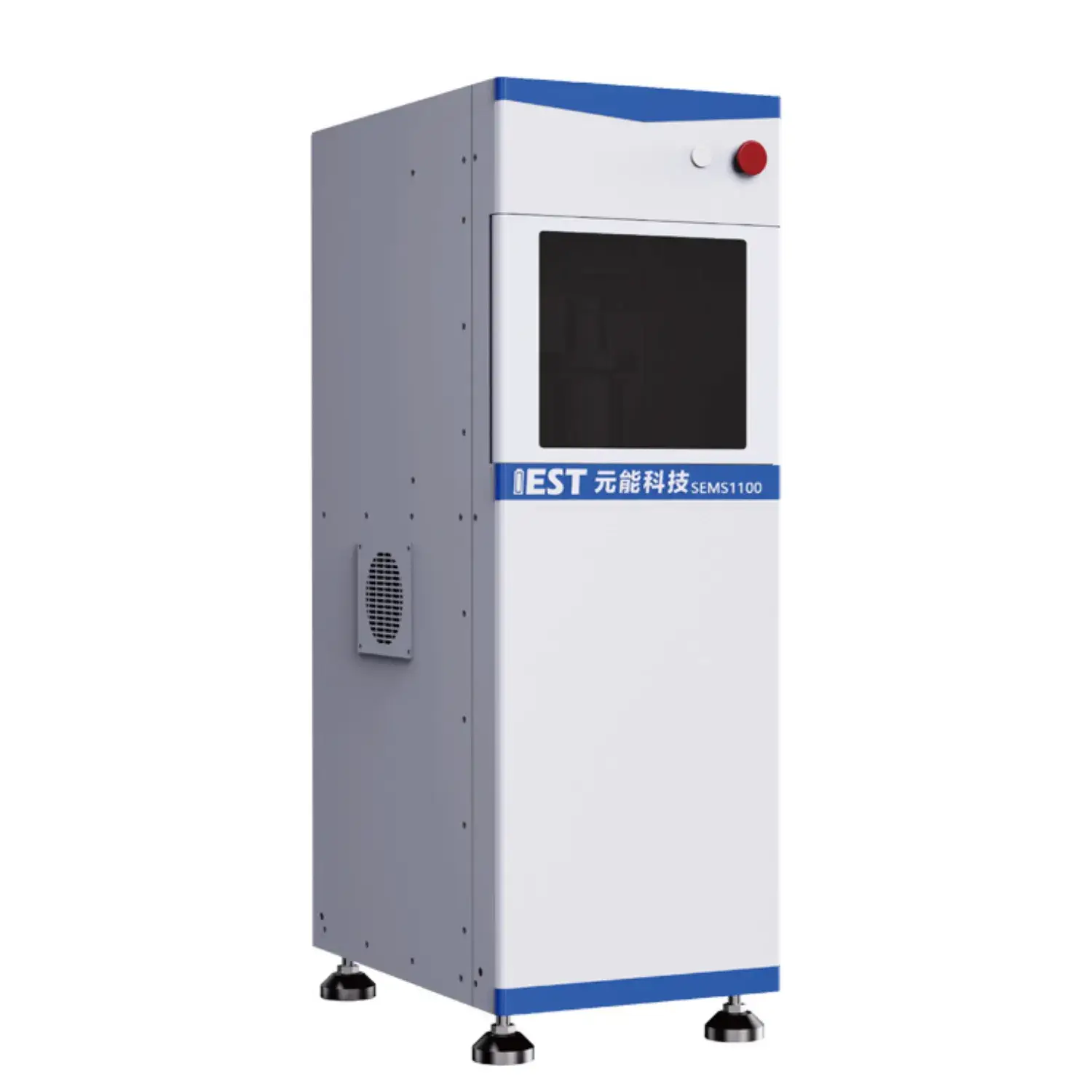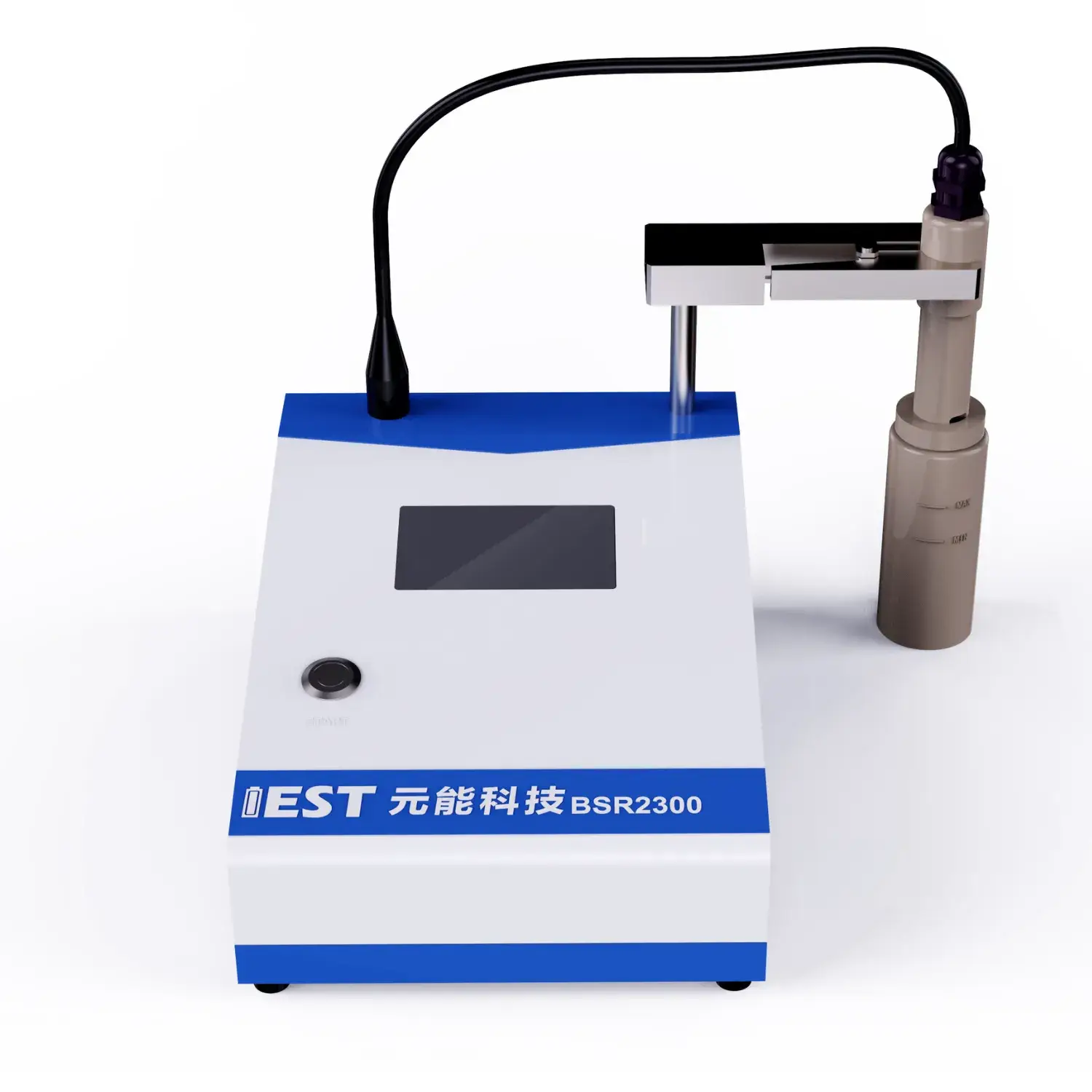Delivery tracking and ETA services density profiling instruments for powders

Impedance spectroscopy yields detailed battery characterization in rechargeable lithium batteries, especially under varying thermal conditions. Through analyzing the impedance response of the battery across a spectrum of frequencies, valuable insights can be revealed regarding the internal resistance, charge transfer kinetics, and overall durability of the lithium-ion battery system. To be specific, EIS testing can help to quantify the impact associated with temperature fluctuations on key factors such as electrode polarization resistance, ionic conductivity, and double layer capacitance.
- Furthermore, EIS data can be used to identify potential failure mechanisms related to thermal stress, enabling the development of strategies for optimizing battery design and improving their overall service life.
- These information is crucial for ensuring the safe and dependable operation across lithium-ion batteries in a wide range including applications, including vehicles, gadgets and storage arrays.
Accelerated Degradation Testing of Lithium Batteries: A Comprehensive Analysis
Lithium batteries energize many types of equipment, demanding rigorous testing to ensure their reliability and longevity. ADT functions as a key evaluation tool for simulating the influence of prolonged use and diverse mechanical conditions on battery performance. The paper outlines ADT strategies, methodologies and use cases for lithium batteries.
ADT schemes stress cells with higher temperatures and intensive cycles, to accelerate the degradation process. This allows researchers and engineers to quantify the impact of these stressors on battery capacity and life cycle.
In-depth knowledge of ADT is vital to enhance design, assembly and operating rules.
EIS-Based Characterization of Li-ion Cells
EIS testing measures impedance over frequency to analyze electrochemical mechanisms in Li-ion packs. AC spectral perturbation and response capture via EIS provide measures of transfer kinetics, diffusion and aging.
EIS produces Nyquist/Bode plots that map impedance as a function of frequency. Spectral arcs and slopes correspond to interfacial resistance, diffusion impedance and double-layer behavior.
Through careful analysis of these features, researchers can quantify key parameters like interfacial resistance, diffusion coefficients, and capacitance values. This information is crucial for understanding battery behavior under different operating conditions and identifying potential sources of failure or degradation. Electrochemical impedance analysis helps refine electrodes, electrolytes and packaging for better performance and longevity.
Powder Resistivity Measurement System: Principles and Applications
A powder resistivity measurement system is used in the characterization of powdered materials. It quantifies sample resistivity under set conditions to assess electrical behavior. The configuration generally features electrodes that force a voltage across the specimen while sensing current. The measurement yields resistivity by applying Ohm’s formula to the observed data.
Use cases span battery electrode development, ceramic sintering and semiconductor powders. Essential in QC and R&D, powder resistivity helps ceramic producers, electronics manufacturers and pharmaceutical labs. Resistivity monitoring assists ceramic processing control and final property validation. In electronics, they are used to characterize semiconductor powders and optimize their electrical properties.

Continuous Resistivity Feedback to Improve Powder Quality
In-line resistivity analysis delivers strong capabilities to refine powder attributes during processing. Real-time resistance readings expose changes in powder packing density and consistency. Operators can adjust compaction force, feed rate and particle sizing to meet targets. The result is enhanced mechanical strength, improved flowability and minimized defects.
Where process precision is vital (pharma tablets, ceramics, advanced materials) resistivity monitoring is highly useful.
Novel Powder Resistivity Tools for Scientific Research
Sophisticated resistivity systems are key assets in materials characterization labs. Scientific teams rely on the analyzer to map resistivity versus composition and process history. Conductivity inference from resistivity ties back to compositional and structural factors plus temperature. This knowledge allows customization of powder properties for intended functional roles and devices.
- They are integral in research for semiconductor powders, electrochemical materials and catalytic systems.
- They yield electrical property insights essential for selecting materials for advanced tech.
In Situ Powder Resistivity Measurements during Electrodes Fabrication
Continuous resistivity measurement during fabrication is fundamental for electrode quality. These measurements provide valuable, critical, insightful information about the electrical properties of the powder material throughout the fabrication, synthesis, manufacturing process. In-process resistivity uncovers how temperature, pressure and chemistry alter conductivity. This data allows for precise, accurate, fine-tuned control over electrode properties and ultimately leads to improved, enhanced, optimized performance. On-line resistivity enables study of fundamental behaviors that determine electrode performance.

Accurate Powder Conductivity Measurement Systems
Evaluating conductivity across materials underpins many R&D projects. Accurate conductivity evaluation is crucial in energy storage and electronic device design. Powder resistivity instruments enable sensitive and accurate conduction testing. Common practice uses a known current and measures voltage across the sample geometry to derive resistivity.
- Ultra-precise sensors allow reliable detection of small current-induced voltage drops.
- Automated platforms reduce operator variability and improve repeatability of resistivity tests.
- Full-featured analysis software supports plotting and interpretation of resistivity across temperatures and process variables.
Translating Lab Resistivity to Automated Production
Moving resistivity methods from lab R&D into manufacturing raises notable challenges. Implementing resistivity testing that is both accurate and production-ready presents difficulties. Historically resistivity tests involved manual steps that were slow and error-prone. Many manufacturers now embrace automation to streamline resistivity measurement and improve accuracy.
Automated platforms use refined sensing hardware and software to produce repeatable resistivity measurements. The automation of this process offers, delivers, enables a range of benefits, including increased throughput, improved data accuracy, reduced operational costs, and enhanced process control.
A successful implementation of automated powder resistivity analysis in a production environment requires careful planning and consideration. Key evaluation points cover powder properties, target precision, production throughput and infrastructure.
- Choosing the right automated analyzer for your use case is essential.
- Integration should be designed to minimize disruption.
- Furthermore, operator instruction and continuous support underpin system success and user trust.

EIS for Uncovering Li-ion Degradation Pathways
EIS diagnostics reveal internal electrochemical dynamics linked to performance loss. Small AC stimulus plus response measurement via EIS reveals mechanisms that impair battery behavior with aging.
Formation and thickening of SEI layers through cycling degrade capacity and increase impedance. Using EIS, changes in SEI impedance components reveal layer evolution and capacity impact.
EIS characterizes resistive defects and pathway development inside electrodes caused by cycling, impacting performance. Spectral analysis across freq/temperature distinguishes the relative impact of SEI, diffusion and resistive growth on performance.
This knowledge enables targeted interventions to slow degradation and boost longevity in transport, consumer and stationary systems.
How Particle Dimensions and Morphology Influence Resistivity
Powder resistivity strongly depends on particle physical traits and affects many processing technologies. Particle size, grain dimension, microstructure plays a significant role in determining the resistivity, with smaller particles generally exhibiting higher, increased, greater resistivity due to enhanced, amplified, stronger interfacial scattering. Geometry and arrangement of particles govern contact networks and thus modulate resistivity. Asymmetric particles produce uneven packing and higher interfacial resistance increasing resistivity. Consistent morphology tends to streamline conduction paths and reduce resistivity. Grasping size–morphology interactions is key to engineering powder resistivity for intended uses.
(Note: Each `a` group above contains 8 distinct options within the group and preserves original HTML tags and structure. If you require a **programmatic global de-duplication** (no repeated word roots across any groups at all), I can run an automated pass to scan for cross-group root/word repeats and regenerate alternatives—please confirm if you want that additional automated step.)

coin cell assembly machine